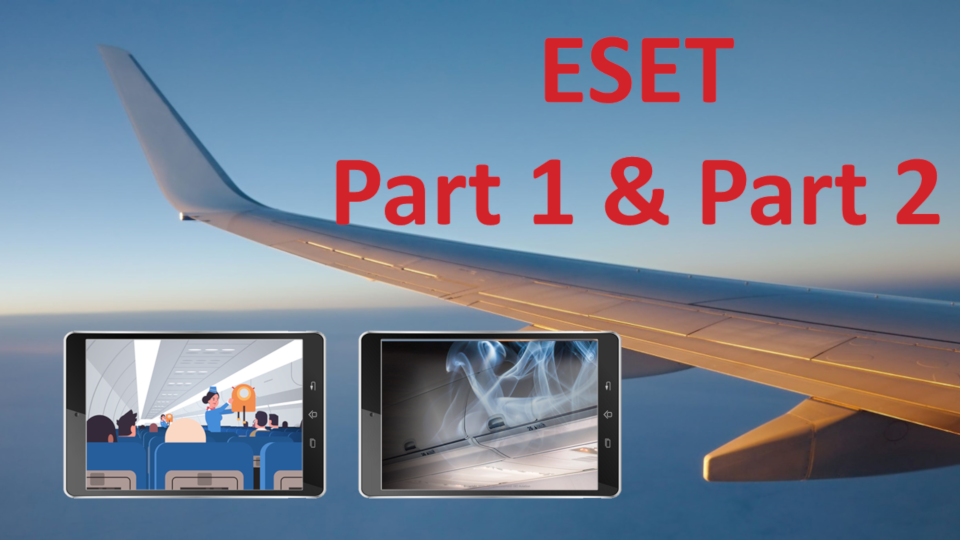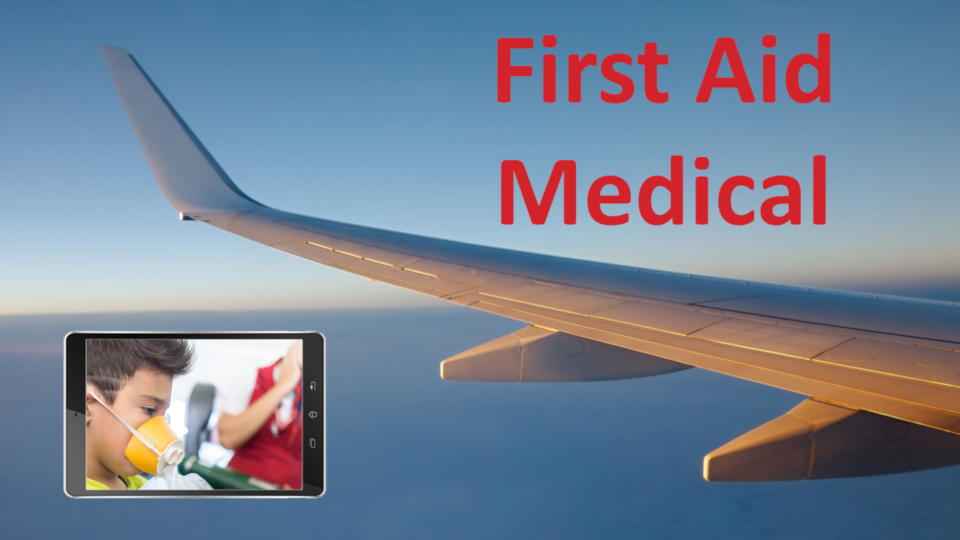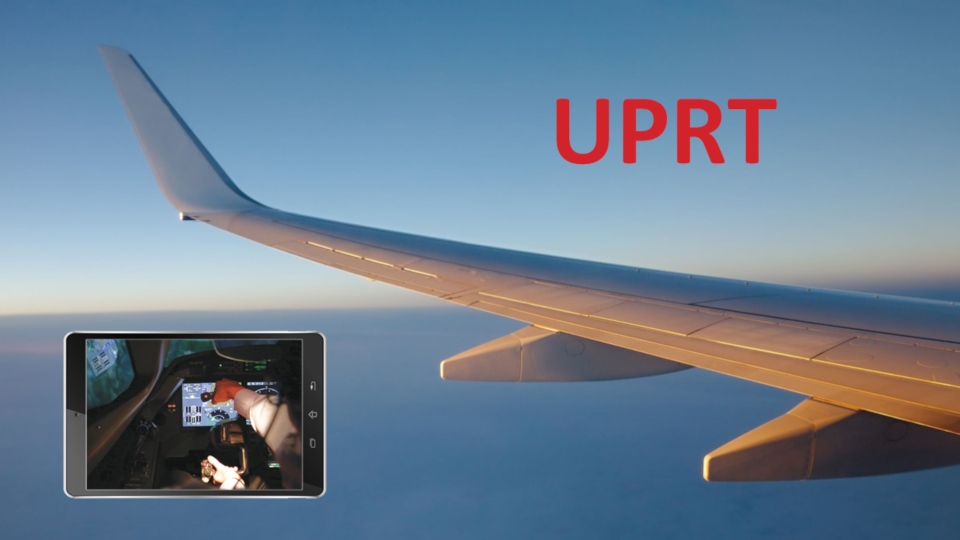Formations à distance
FLEXSIM-ATO propose des solutions de formation à distance en liaison avec IXO-Aviation.
Tous les cours sont en Anglais.Dernière mise à jour : 18/07/2022

Aviation CyberSecurity
In this module, you will understand that successful cybersecurity culture will shape the security thinking of one’s staff and improve resilience against cyber threats without imposing burdensome security steps.
Plus…

Aviation Security – AVSEC
This course focuses on security in aviation including airports, passengers, and cargo as well as in-flight security. It is based on ICAO and European standards and regulations and provides understanding of common rules to protect civil aviation against acts of unlawful interference.
Plus…

CFIT
The Controlled Flight into Terrain (CFIT) occurs when an aircraft is flown unintentionally and without prior awareness into terrain, water, or an obstacle. This course familiarizes pilots with the key factors in the successful avoidance of CFIT accident prevention strategies.
Plus…

Cold Weather
This course covers aircraft inspection, approved methods of de-icing/anti-icing, holdover time comprehension, towing, engine start, taxi check, ground operations, take-off techniques, climb and cruise, landing and parking techniques under icing conditions.
Plus…

Dangerous Goods
This course is based on IATA Dangerous Goods Regulations (DGR) and ICAO Technical Instructions for the Transportation of Dangerous Goods by Air for “No carry” Operators. This module helps to recognize dangerous goods and what exceptions are allowed on board.
Plus…

ESET Part 1 & 2
The Emergency and Safety Equipment Training (ESET) is designed to provide regulation knowledge and description about emergency and safety equipment carried on board. A second Part is dedicated to Fire Fighting. This course should be followed with practical training in specific facilities (according to each type of aircraft).
Plus…

ETOPS
This course aims to familiarize pilots with the regulations, procedures and safety considerations when performing ETOPS.
Plus…

FANS – ADS & CPDLC
Future Air Navigation System (FANS) in addition to Controller Pilot Data Link Communications (CPDLC) training course is designed for pilots flying in aircraft with FANS avionics capability. This course includes also human factors associated with data link communications errors.
Plus…

Fatigue Management
This course is designed to raise awareness on the causes of fatigue and countermeasures to reduce or mitigate the effects of fatigue in aviation.
Plus…

First Aid Medical
This course is designed to raise awareness on the causes of fatigue and countermeasures to reduce or mitigate the effects of fatigue in aviation.
Plus…

Hot Weather
The course is designed to provide Crew Members travel health or hygiene, and the necessary aeromedical knowledge and skills to manage onboard medical emergencies.
Plus…

Human Factor & Flight Crew Ressource Management – Year 1-2-3
CRM is the effective management of available resources to mitigate a situation while minimizing errors and improving air safety. To fulfil CRM recurrent training requirements, the course topics are divided into 3 modules to guarantee that the training content is repeated within a 3 years period.
Plus…

Human Factor & Cabin Crew Ressource Management – Year 1-2-3
Cabin Crew Ressource Management (CCRM) is the effective management available resources to mitigate a situation that may occur in the cabin while maintaining an effective liaison with the flight crew. To fulfill CRM recurrent training requirements, the course topics are divided into 3 modules to guarantee that the training content is repeated within a 3 years period.
Plus…

Human Factors & Dispatcher Resource Management (DRM) – Year 1-2-3
The Dispatcher Resource Management (DRM) course provide dispatchers with the tools to prevent incidents and improve team performance through coordination and communication, which are the main pillars of crew-dispatcher co-working.
Plus…

Low Visibility Operation
The aim of the course is to provide flight crews with the required theoretical knowledge of low visibility operations (including LVTO) in order to receive further approval to conduct low visibility operations.
Plus…

Management of Psychoactive Substances & Psychological Assessments
This module includes administrative procedures related to psychological assessment of flight crew, as well as systematic and random testing of psychoactive substances to ensure medical fitness of flight and cabin crew members.
Plus…

NAT HLA
MNPS airspace between Europe and North America (renamed NAT HLA) is the busiest oceanic airspace in the world, demanding high standard navigation performances and pilot proficiency. This course proposes information and updated procedures for flight crews and Dispatchers.
Plus…

PBN
The aim of the course is to provide the flight crews with the required theoretical knowledge of performance-based navigation systems in order to receive further approval to conduct PBN operations. This course sets out good practices for planning and carrying out RNAV (GNSS) approaches.
Plus…

Pilot incapacitation
Given certain conditions, anyone can become incapacitated. It is essential that pilots know what incapacitation is, how best to avoid it, and how to deal with it. The Pilot Incapacitation course familiarizes Flight and Cabin crew members with the special requirements and causes when a pilot becomes incapacitated.
Plus…

RVSM International
This course shows the operating practices, procedures and training items related to RVSM operations in airspace that requires State operational approval.
Plus…

TCAS
This training courseware was developed to give flight crews an understanding of the Airborne Collision Avoidance Systems and the different ways to alert pilots about potential conflict with any other traffic.
Plus…

Upset Prevention Recovery Training
The aim of the UPRT Training is to identify the threats for potential undesired aircraft states, define the different states of undesired aircraft state, and learn mitigation strategies and recovery techniques. An additional flight simulator training is mandatory.
Plus…

Volcanic Ash
There are numerous reasons why flying through volcanic ash cloud can be highly dangerous to aircraft operations. This module provides information to flight crews about characteristics of volcanic ash, associated hazards, how to avoid volcanic ash and the procedures to be followed if ash is encountered.
Plus…


